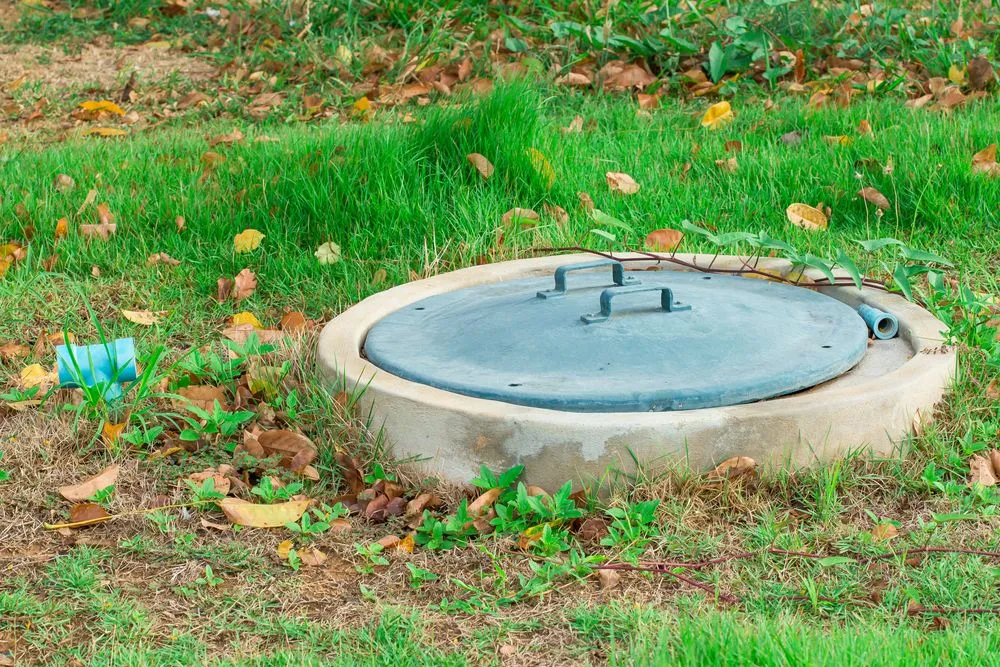Are you curious about what a septic tank is and how it works? Well, we’ve got you covered!
In this article, we’ll explain the purpose of a septic tank, its components, and how it operates.
We’ll also discuss the signs of a failing septic tank and provide maintenance tips to keep it in good working condition.
So, if you’re ready to learn about septic tanks, let’s dive in!
Purpose of a Septic Tank
The purpose of a septic tank is to safely and efficiently treat and dispose of wastewater from your household. When you use water in your home, whether from flushing toilets, taking showers, or running the dishwasher, all that water goes down the drains and into the septic tank.
Inside the septic tank, solid waste settles to the bottom while oils and grease float to the top, forming layers of scum and sludge. The remaining liquid, known as effluent, flows out of the tank into the drain field, where it undergoes further treatment by the soil.
The soil acts as a natural filter, removing harmful bacteria, viruses, and other contaminants, ensuring the water returns safely to the groundwater. In this way, a septic tank helps protect your community’s environment and health by properly managing and treating household wastewater.
Components of a Septic Tank
To understand the inner workings of a septic tank, it’s essential to familiarise yourself with its various components.
A septic tank consists of three main parts: the inlet pipe, the tank itself, and the outlet pipe.
The inlet pipe directs wastewater from your home into the tank. Once inside, the wastewater undergoes a separation process.
Solid waste settles at the bottom, forming a layer of sludge, while lighter materials, such as grease and oils, float to the top, creating a layer of scum.
In the middle, the liquid waste, known as effluent, remains. The outlet pipe then carries the effluent out of the tank and distributes it into the drain field for further treatment.
Understanding these components is crucial for maintaining a properly functioning septic tank.
How Does a Septic Tank Work
To understand how a septic tank works, you must know its basic functioning. When wastewater from your house enters the septic tank, it separates into three layers. The solid waste settles at the bottom, forming a sludge layer. The lighter materials, such as fats and oils, float to the top, creating a scum layer.
The liquid waste, known as effluent, remains between these layers. The effluent flows out of the septic tank through an outlet pipe and into the drain field, also called a leach field. In the drain field, the effluent is filtered through layers of gravel and soil, allowing the natural processes to treat and purify the wastewater further.
Signs of a Failing Septic Tank
If your septic tank is failing, you may notice several warning signs. It’s important to be aware of these indicators so you can address the issue promptly. Here are the signs of a failing septic tank:
- Slow drains: If your sinks, showers, or toilets are draining slowly, it could indicate a septic tank problem.
- Gurgling sounds: Unusual noises from your plumbing system may indicate a blockage or septic tank failure.
- Foul odour: If you detect a persistent sewage smell around your property, your septic tank is likely failing.
- Standing water: Puddles or pools forming in your yard, particularly around the septic tank area, could indicate a septic system issue.
Maintenance Tips for Your Septic Tank
Keep your septic tank in good condition by regularly scheduling professional inspections and pumping. Regular maintenance is crucial to ensure the proper functioning of your septic system.
A professional inspection will help identify potential issues before they become major problems. During the inspection, the technician will assess the tank’s condition, check for leaks or blockages, and evaluate the levels of sludge and scum.
Pumping, however, involves removing the accumulated solids from the tank, preventing clogs and backups. The pumping frequency depends on the tank size and household usage, but it’s generally recommended to pump every 3-5 years.
Additionally, be mindful of what you flush down the drains and avoid excessive water usage to prevent system overload. Regular maintenance will extend the lifespan of your septic tank and save you from costly repairs.
Conclusion
So, now you know all about septic tanks and how they work.
Remember, regular maintenance is key to keeping your septic tank functioning properly.
Look for signs of a failing tank and address them promptly to avoid costly repairs.
Taking care of your septic tank will ensure a clean and healthy environment for you and your family.












